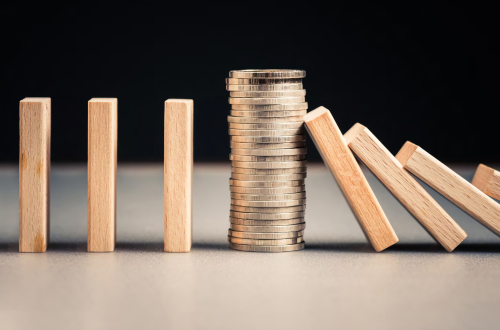Hanami
Monthly House View - April 2024 - Download here
Cherry blossom season is finally coming. This Japanese tradition, “Hanami” or flower viewing, goes a long way back to the Nara period in the eighth century. Amazingly, there is data dating back to the year 812 associating a day of the year with the peak bloom of the cherry blossoms. Historically occurring in April, this date has been moving earlier each year and is now taking place closer in March, one of the many consequences of climate change.
Similar to the peak of the cherry blossom season, the key question from clients and investors is also whether we have reached a peak in equity markets. The performance of the markets this year has been remarkable, and similar to Hanami - a time to sit back and contemplate nature - it may be time to ask ourselves whether it’s time for a pause.
PEAK CHERRY BLOSSOM SEASON FOR EQUITIES AS WELL?
A year ago, 85% of economists polled in a survey by the Financial Times projected a US recession by end of 2023. Thankfully, they got it wrong. We upgraded our own GDP forecasts several times last year, ditching a recession call in June, and have recently upgraded our US growth forecasts for 2024 by almost a full percentage point to 2.3%. We have been positive on risky assets for the last nine months, cautious on long-term interest rates, but we also have to acknowledge that the market has made progress in readjusting to a more balanced macroeconomic backdrop. This naturally raises the question whether all is priced in. “Good news is good news” for financial markets for now, but for how long?
To be clear, we are not turning negative and our positive macro scenario remains unchanged. The US economy continues to be resilient and we are also seeing early signs of improvement in the Euro Area, where PMI surveys are pointing to a rebound in the manufacturing cycle. Inflation continues its adjustment process, but not as quickly as anticipated: the March figures for the US were a bit difficult to digest for the market. As a result, the number of rate cuts anticipated by investors for this year has moved from seven cuts in the US and Europe to only three and four respectively at the time of writing. Yet, equities did not pay much attention and continue to power ahead, fuelled by supportive company results particularly in the tech area and strong retail appetite on the back of ample liquidity.
A number of indicators are worth watching: sentiment is clearly much more optimistic but not euphoric; positioning has moved much more bullish and in some areas for systematic players as maximum longs; equity flows are strong year-to-date but money market funds flows are even stronger. One could debate for hours what defines the fine line between optimistic and euphoric; however you read it, a lot is now built into the level of the equity market, especially in the US.
ATTRACTIVE EQUITY VOLATILITY LEVELS
The pessimists would point to record low volatility in equities as a sign of complacency and a clear warning signal. The assets of funds that are sell-ing options to enhance their distribution revenue has exploded to reach over USD 60 billion of assets under management. However, funds that are short volatility, which imploded during the volatility spike in late 2017, remain very low on assets, thus creating a very different situation today.
Peak equities and bottom volatility can be used at investors’ benefit. For those who want to reduce equity exposures but remain invested, along with those who want to add equities but not being caught buying the highs, the timing to put in place so-called “equity replacements” has never been so attractive.
Together with a high level of interest rates, it is possible to retain a high level of equity market exposure involving buying upside call options, which are priced at very low levels of cost due to depressed implied volatility. This allows us to take a more nuanced approach to equity exposure management with better agility should a market dip occur. As we wrote in our Editorial in February, with the amount of cash still sitting on the sideline, there will be competition to buy a market dip.
In this edition, Nicolas Mougeot is looking at the significant decline of gas prices in Europe, which have decreased tenfold from their peak in 2022. The large increase in supply should ensure that prices remain low, which will in turn be a supporting factor for European consumers along with industrial companies.
Monthly House View, 22/03/2024 - Excerpt of the Editorial
April 03, 2024




